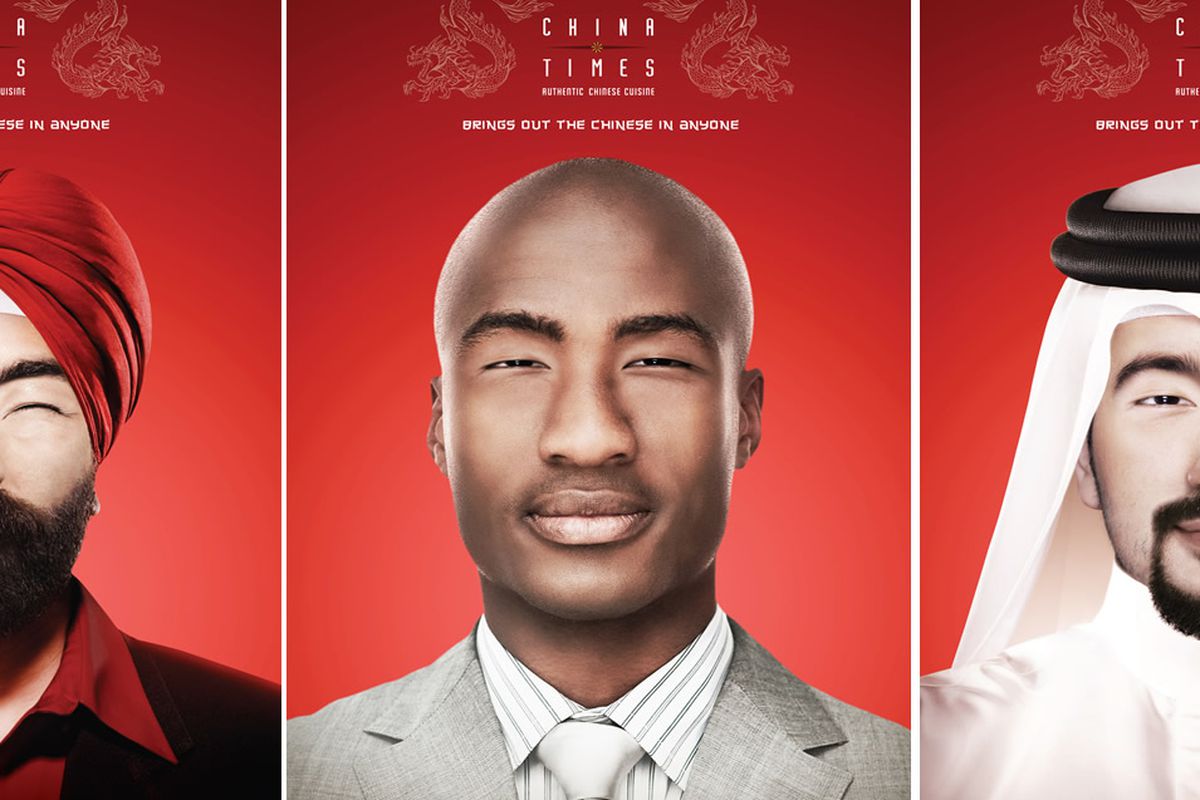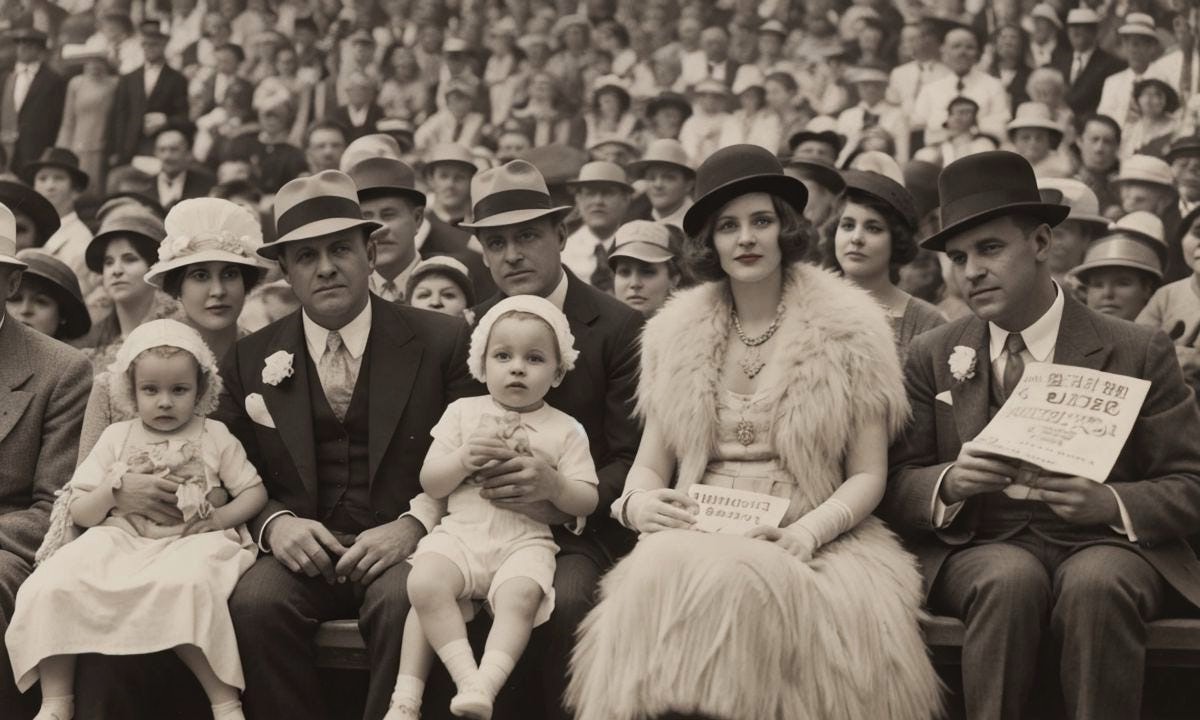
Racist ads have a long, troubling history that reflects societal prejudices and stereotypes. These advertisements, often shocking and offensive, serve as stark reminders of past and present racial biases. Why do racist ads exist? They stem from ignorance, cultural insensitivity, and sometimes deliberate attempts to marginalize certain groups. Understanding these ads helps us recognize harmful patterns and work towards more inclusive media. This post delves into 35 startling facts about racist ads, shedding light on their origins, impact, and the ongoing fight against such damaging portrayals. By examining these facts, we can better understand the importance of promoting diversity and respect in advertising.
Key Takeaways:
- Racist ads have a long history of perpetuating harmful stereotypes, but efforts to combat them and promote inclusive advertising are gaining momentum. Learning from past mistakes and prioritizing diversity can create a more respectful future.
- Consumers play a crucial role in holding brands accountable for racist ads. By voicing concerns, supporting inclusive brands, and educating others, they can encourage more inclusive advertising practices and promote change.
The Dark History of Racist Ads
Racist advertisements have a long, troubling history. These ads reflect societal prejudices and perpetuate harmful stereotypes. Let's explore some shocking facts about these offensive ads.
-
Early 20th Century Ads: Many early 20th-century ads depicted African Americans in demeaning ways, often portraying them as lazy or subservient.
-
Aunt Jemima: The Aunt Jemima brand, established in 1889, used a stereotypical "mammy" figure, reinforcing racist tropes about African American women.
-
Uncle Ben's Rice: Uncle Ben's Rice featured an African American man in a servant role, perpetuating the stereotype of Black people as domestic workers.
Racist Stereotypes in Advertising
Ads have often relied on stereotypes to sell products, which can be incredibly harmful. Here are some examples.
-
Frito Bandito: In the 1960s, Frito-Lay introduced the Frito Bandito, a Mexican bandit character that played on negative stereotypes of Mexican people.
-
Chiquita Banana: The Chiquita Banana character, introduced in the 1940s, was a caricature of a Latin American woman, reinforcing exotic and sexualized stereotypes.
-
Chinese Laundry Ads: Early 20th-century ads for laundry services often depicted Chinese people in a derogatory manner, playing on stereotypes of Chinese immigrants.
Racist Ads in Modern Times
Even in recent years, some ads have sparked outrage for their racist content. Here are a few examples.
-
Dove Ad Controversy: In 2017, Dove faced backlash for an ad that appeared to show a Black woman turning into a white woman, suggesting that lighter skin is cleaner.
-
H&M's "Coolest Monkey" Hoodie: In 2018, H&M released an ad featuring a Black child wearing a hoodie with the slogan "Coolest Monkey in the Jungle," which many found offensive.
-
Pepsi's Kendall Jenner Ad: A 2017 Pepsi ad featuring Kendall Jenner was criticized for trivializing the Black Lives Matter movement.
Racist Mascots and Logos
Some brands have used racist mascots and logos, which have sparked controversy and calls for change.
-
Washington Redskins: The Washington Redskins football team's name and logo, featuring a Native American, were criticized for being racist. The team changed its name in 2020.
-
Cleveland Indians: The Cleveland Indians baseball team faced similar criticism for its "Chief Wahoo" logo, which was retired in 2018.
-
Land O'Lakes: The Land O'Lakes butter brand used a Native American woman as its logo for nearly 100 years before removing it in 2020.
Racist Ads in Global Context
Racist ads are not just a problem in the United States. They appear worldwide, reflecting global prejudices.
-
Chinese Detergent Ad: In 2016, a Chinese detergent ad showed a Black man being "washed" into a light-skinned Asian man, sparking international outrage.
-
Nivea's "White is Purity": A 2017 Nivea ad in the Middle East used the slogan "White is Purity," which many found racially insensitive.
-
Thai Skin Whitening Ads: In Thailand, skin whitening products are often advertised with slogans suggesting that lighter skin is more desirable.
The Impact of Racist Ads
Racist ads can have a lasting impact on society, reinforcing harmful stereotypes and contributing to systemic racism.
-
Perpetuating Stereotypes: Racist ads reinforce negative stereotypes, making it harder to combat prejudice and discrimination.
-
Mental Health Effects: These ads can negatively impact the mental health of those they target, leading to feelings of inferiority and low self-esteem.
-
Economic Disparities: By perpetuating stereotypes, racist ads can contribute to economic disparities by limiting opportunities for marginalized groups.
Efforts to Combat Racist Ads
There have been efforts to combat racist ads and promote more inclusive advertising.
-
Ad Council Initiatives: The Ad Council has launched initiatives to promote diversity and inclusion in advertising.
-
Industry Guidelines: Advertising industry organizations have developed guidelines to prevent racist content in ads.
-
Consumer Backlash: Public backlash against racist ads has led to changes, with companies pulling offensive ads and issuing apologies.
The Role of Social Media
Social media has played a significant role in highlighting and combating racist ads.
-
Viral Outrage: Social media allows for rapid sharing of offensive ads, leading to widespread outrage and calls for change.
-
Hashtag Campaigns: Hashtag campaigns like #BoycottPepsi and #NotBuyingIt have pressured companies to address racist content.
-
Influencer Advocacy: Influencers and activists use their platforms to call out racist ads and promote more inclusive advertising.
The Future of Advertising
The future of advertising must be more inclusive and sensitive to avoid perpetuating harmful stereotypes.
-
Diverse Representation: Brands are increasingly recognizing the importance of diverse representation in their ads.
-
Cultural Sensitivity Training: Companies are implementing cultural sensitivity training for their marketing teams to prevent racist content.
-
Inclusive Marketing Strategies: Inclusive marketing strategies aim to represent a wide range of identities and experiences.
Learning from Mistakes
Brands can learn from past mistakes to create more respectful and inclusive ads.
-
Listening to Feedback: Companies must listen to feedback from consumers and advocacy groups to understand the impact of their ads.
-
Apologizing and Taking Action: When a racist ad is released, companies should apologize and take concrete steps to address the issue.
-
Ongoing Education: Continuous education on diversity and inclusion can help prevent future mistakes.
The Role of Consumers
Consumers play a crucial role in holding brands accountable for racist ads.
-
Voicing Concerns: Consumers can voice their concerns about racist ads through social media, petitions, and direct communication with companies.
-
Supporting Inclusive Brands: By supporting brands that prioritize diversity and inclusion, consumers can encourage more inclusive advertising practices.
-
Educating Others: Sharing information about the impact of racist ads can help educate others and promote change.
Conclusion
Racist ads have a long history and continue to appear in modern times. However, efforts to combat these ads and promote more inclusive advertising are gaining momentum. By learning from past mistakes and prioritizing diversity and inclusion, the advertising industry can create a more respectful and equitable future.
-
Ongoing Vigilance: Continuous vigilance is necessary to ensure that progress is maintained and that new racist ads do not emerge.
-
Collective Responsibility: Combating racist ads is a collective responsibility that requires the efforts of brands, consumers, and advocacy groups.
Reflecting on Racist Ads
Racist ads have left a lasting mark on society. These ads, often rooted in stereotypes, have perpetuated harmful ideas and contributed to systemic racism. By understanding their history, we can see how far we've come and how much work remains. It's crucial to recognize these ads' impact on marginalized communities and strive for more inclusive, respectful representation in media.
Learning from past mistakes helps us create a better future. Companies must be held accountable for their messaging, ensuring it promotes equality and respect. Consumers also play a role by demanding better from brands and supporting those that prioritize diversity and inclusion.
Awareness and action are key. By staying informed and speaking out against racism in advertising, we can help build a more just and equitable world. Let's continue to push for progress and make sure history doesn't repeat itself.
Frequently Asked Questions
Was this page helpful?
Our commitment to delivering trustworthy and engaging content is at the heart of what we do. Each fact on our site is contributed by real users like you, bringing a wealth of diverse insights and information. To ensure the highest standards of accuracy and reliability, our dedicated editors meticulously review each submission. This process guarantees that the facts we share are not only fascinating but also credible. Trust in our commitment to quality and authenticity as you explore and learn with us.


